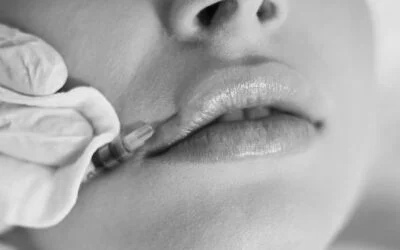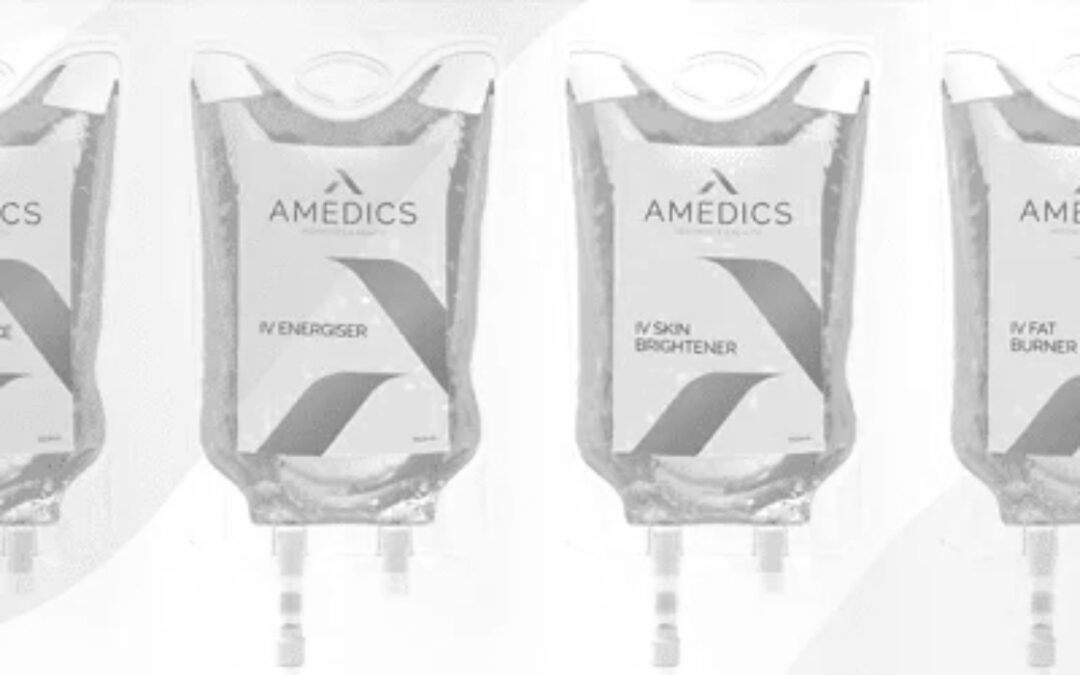The Complete Guide to Nose Fillers
With recent developments in cosmetic enhancements, less invasive procedures with minimal downtime are taking centre stage. Among these, nose fillers are becoming popular for those looking to reshape their nose without undergoing surgery. This non-invasive treatment, also known as a liquid rhinoplasty, is a quick and effective method that dramatically improves the aesthetics of your nose, and in turn, your overall facial symmetry.
If you’re curious about the process or considering it as an option, our comprehensive guide will take you through everything you need to learn about nose dermal fillers. From understanding the basic anatomy of your nose to post-procedure care, we’ll explore every aspect to help you make an informed decision.
So, let’s dive into the world of non-surgical nose sculpting and discover how to enhance your beauty without going under the knife.
Understanding the Anatomy of Your Nose
The nose, while seemingly simple, is a complex structure of bone, cartilage, and skin. Understanding your nose is key in non-surgical procedures like using dermal fillers. Why? Because the success of these procedures lies in the accurate manipulation of the nasal structures.
Knowing what part of the nose is bone and what part is cartilage allows skin specialists in Leicester to correctly place fillers and achieve desired results. Moreover, this knowledge helps you set realistic expectations from the procedure and facilitates better communication with your doctor about your desired outcome. Remember, an informed patient is an empowered one.
What are Nose Fillers?
Nose fillers, (also known as dermal fillers when used elsewhere on the face), are injectable substances used to alter the shape, structure, and in some cases, size of the nose. When administered into specific areas, these fillers can smooth out sharp angles, fill in depressions, or add volume to create a more symmetrical and balanced appearance.
The use of fillers is a relatively new development in aesthetic medicine. The concept emerged in the early 2000s when doctors began experimenting with filler injections for minor nose adjustments. Over time, with advancements in filler formulations and injection techniques, this procedure has evolved into a safe and effective alternative to surgical rhinoplasty. However, nose dermal fillers are not a permanent solution and require regular maintenance.
Benefits of Choosing Nose Dermal Fillers Over Surgery
- No General Anesthesia: Unlike surgical rhinoplasty, nose fillers do not require general anaesthesia. The procedure typically uses a topical anaesthetic, eliminating risks associated with general anaesthesia.
- Quick Procedure and Recovery: A non-surgical nose job can be completed in 15-30 minutes, with minimal recovery time. Most patients can return to their normal activities immediately after the procedure.
- Less Risky: As it’s a non-invasive procedure, there are fewer risks involved compared to surgical rhinoplasty. There’s less chance of complications such as infection, nosebleeds, or breathing difficulties.
- Immediate Results: With nose fillers, you’ll see results immediately. While there may be some initial swelling, the final result is visible once this subsides, usually within a week.
- Reversible and Adjustable: One of the significant benefits of HA nose dermal fillers is that they’re temporary and adjustable. If you’re unsatisfied with the result, the effects can be reversed. Plus, you can adjust the results over time to suit your changing preferences.
- Cost-Effective: In comparison to surgical rhinoplasty, a non-surgical nose job is significantly less expensive, making it a more accessible option for many.
While nose fillers have numerous benefits, it’s essential to consult with a qualified practitioner to determine the best course of action for your individual needs.
Types of Fillers Used for Non-Surgical Nose Jobs
There are several types of fillers used in non-surgical nose jobs, each with unique properties and effects. Let’s explore their pros and cons:
Hyaluronic Acid Fillers
Hyaluronic acid (HA) is a natural substance found in our skin that helps keep it hydrated and plump. HA fillers add volume and smooth out lines and wrinkles.
Pros: HA fillers are generally safe and yield immediate results. They are also reversible; if you’re not satisfied with the outcome or if there’s an adverse reaction, an enzyme called hyaluronidase can dissolve the filler.
Cons: HA fillers are temporary and last six months to a year, so regular touch-ups are required to maintain the results. There may also be mild side effects like bruising, swelling, or redness at the injection site.
Calcium Hydroxylapatite Fillers
Calcium hydroxylapatite (CaHA) is a mineral-like compound found naturally in human bones. In filler form, it is suspended in a gel-like solution.
Pros: CaHA fillers last longer than HA fillers, often up to 18 months. They also stimulate your body’s own collagen production for a more natural look.
Cons: Unlike HA fillers, the results are irreversible. The side effects are similar to HA fillers, including swelling, redness, and bruising at the injection site.
Poly-L-lactic Acid Fillers
Poly-L-lactic acid (PLLA) is a biocompatible, biodegradable synthetic substance that stimulates your skin’s own natural collagen production.
Pros: PLLA fillers offer long-lasting results, often up to two years. They gradually replace lost collagen for a more natural-looking appearance.
Cons: Results are not immediate; it can take several treatment sessions over a few months to achieve the desired result. Also, the outcome is irreversible.
All these fillers have their unique advantages and potential drawbacks. The best injectable dermal filler treatment will depend on your specific needs, your doctor’s expertise, and your preferences. Thus, always consult a qualified medical professional or skin specialist in Leicester before deciding on any treatment.
The Procedure: What to Expect During a Non-Surgical Nose Job
The process begins with a consultation where you can discuss your aesthetic goals and ask any questions you may have. Your aesthetics doctor will assess your facial structure and provide an overview of how fillers can enhance the shape and proportion of your nose.
On the day of the procedure, your face will be cleaned and a topical numbing cream will be applied to minimise discomfort. Your doctor will then carefully mark the areas on your nose that will receive the filler. These marks guide the injections and ensure the filler is placed accurately.
After the procedure, you’ll be given specific aftercare instructions and post-procedure guidance to ensure optimal healing. The entire process typically takes 30 minutes, making it a convenient option for those with busy schedules.
The results are usually visible immediately, although the final appearance will be apparent once any swelling has fully subsided. It’s important to remember that every patient’s experience can differ based on individual factors, including the specific treatment plan and personal pain tolerance.
Minimising Risks
Remember, while the risks associated with nose dermal fillers are generally low, they do exist. It’s important to have an open and honest discussion with a trained aesthetic doctor about these potential complications before deciding to proceed with the treatment.
Additionally, follow the aftercare instructions diligently as provided by your practitioner. Adhering strictly to these guidelines helps mitigate the risk of post-procedure complications.
Moreover, be sure to inform your doctor about your comprehensive medical history, including allergies or previous reactions to fillers or anaesthetics. This information allows them to tailor the procedure to suit your specific needs and minimise potential risks.
Deciding If Nose Fillers are Right for You
Deciding to undergo any cosmetic procedure, nose dermal fillers, should be made after careful consideration. Here are some factors you need to think thoroughly:
- Expectations: While nose fillers can significantly change the shape and contour of your nose, they can’t reduce its size. Make sure your expectations align with what the procedure can realistically achieve.
- Cost: Unlike surgical rhinoplasty, nose fillers are typically not covered by health insurance. Consider whether you’re financially prepared for the initial cost and the cost of maintenance treatments.
- Longevity of Results: The results of nose fillers are temporary, usually lasting between six months to two years. Consider whether you’re comfortable with needing repeat treatments to maintain the results.
- Potential Risks and Side Effects: As with any procedure, there are potential risks and side effects. Make sure you understand these and are comfortable proceeding.
Consult with a Professional and Trained Aesthetic Doctor
If you’re considering nose fillers, it’s crucial to consult with a qualified professional who can assess your suitability for the procedure, discuss your aesthetic goals, and guide you through the process. A consultation with a trained aesthetic doctor, such as Dr. Ameera Laher, allows you to ask questions, express any concerns, and get a realistic understanding of what the procedure can achieve.
Dr Ameera is renowned for the natural and subtle looks that she creates. More importantly, she uses a holistic approach to treating the face, which has gained her a loyal following of clients over the years.
Remember, the decision to undergo a cosmetic procedure is personal. Thus, take the time to make an informed decision that feels right for you.
Are you ready to take the next step? At Amedics Clinic, our injectable dermal fillers price starts at £225, and results can last up to 18 months. Contact us today to book a consultation.










